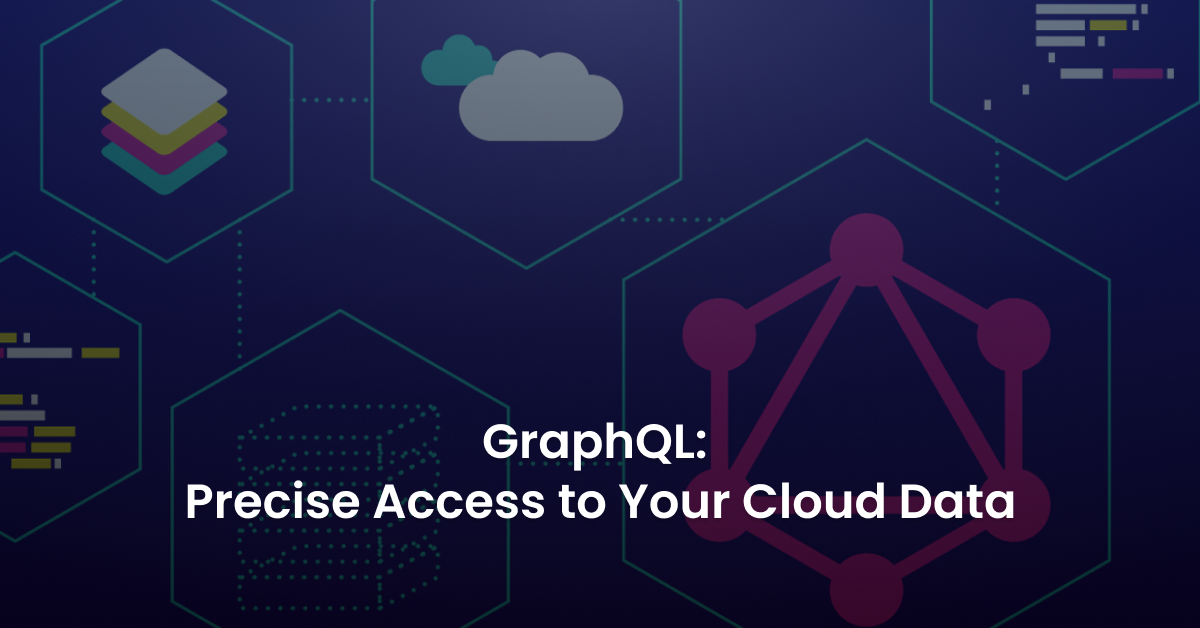How using GraphQL and nOps can give you answers about your infrastructure faster.
AWS Infrastructure Visualization is Needed to Simplify Cloud Administration.
The number of elements used in the AWS infrastructure is constantly growing, at the same time the number of relationships and dependencies between services is also growing. For example, to run and configure (in accordance with the best practices) a single EC2 instance, you also need to create and wire VPC, Route Table, Subnet, Security Group, EIP, EBS, ENI, and many other services, depending on your use case.
As a result and as a consequence of the fact that AWS provides the flexibility of logical isolation, your cloud resources will reside in different VPCs or different subnets within the VPC. This greatly complicates the task of cloud administration because the user does not have a unified interface for tracking relationships between dozens and hundreds of AWS services.
Another problem, that is in fact a consequence of the flexibility provided by AWS to create production-ready complex cloud systems – is the number of configuration parameters that each service has. For example, the AWS API response for Descripteinstances contains 56 fields, most of which are nested JSONs. So it would be great to have some way to define the data shape and cut down your request query by choosing only the specific fields you want to query.
Solution: AWS Resources Using GraphQL
Let’s suppose you want to list all EC2 instances that have Autoscaling enabled or figure out which instances are going to get affected by a change in a particular security group. How would you approach this using AWS console? Filtering by Security Group name in EC2 Instances Dashboard will do the trick, but what if Instances are located in different AWS regions? Or what if you want to list all t2.large Instances across all your cloud accounts in one query? That’s where a unified data warehouse with a GraphQL interface comes on the scene.
Using the nOps GraphIDE you can easily build complicated data queries with the following benefits:
- 48 AWS resources have been added and more on the way
- 33 relations for 29 AWS resources tracked
- Documentation for every single field for all resources in strict accordance with AWS API docs.
- User-friendly query builder interface with hints and autocompletion – you don’t need to write queries manually anymore, just select the fields you need in the data explorer.
- Ability to scope the fields returned in the response, easily create nested filters
- Ability to embed nOps GraphQL into any application with a few lines of code
Here are some additional example queries to get you started:
- List All EC2 Instances without AutoScaling Enabled:
- List All Unencrypted EBS Volumes:
- List All EC2 Instances with Unencrypted EBS Volumes:
Summary: Visualize AWS Infrastructure More Easily with nOps Data Warehouse + GraphQL
As you can see, with nOps’ data warehouse and the power of GraphQL it is easy to be able to quickly and concisely find the answers to your cloud infrastructure questions. With a few simple clicks you can quickly query the data and derive the insights you are looking for. Not only that, you have the option to quickly export the results as code and get them into production faster. This opens up a wide range of possibilities from being able to auto-encrypt new found volumes or automatically create snapshots for instances that don’t have them.
Interested? Sign up for a free trial of nOps today and give it a go here: https://www.nops.io/free-trial-request/ We are happy to show you the ropes and look forward to assisting you with your specific use cases!
Related Topics
How the AWS Pricing Calculator Is Important When Choosing Cloud Resources
How to Use Tagging to Prevent AWS Costs from Spiraling Out of Control



